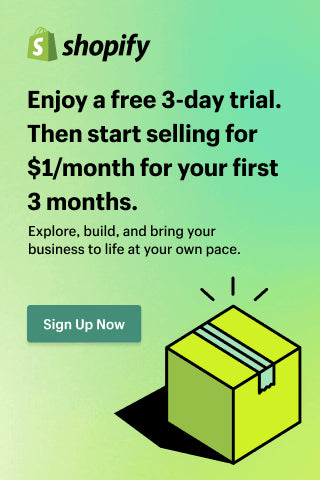Customer Specific Pricing With Shopify B2B
Shopify B2B allows businesses to go beyond standard retail pricing by offering personalized, contract, and volume-based pricing to their business customers. This flexibility helps improve relationships, increase average order size, and boost long-term revenue. (Folio3) :contentReference[oaicite:0]{index=0}
What Personalized Pricing Means in Shopify B2B
- Customer-specific pricing: Different buyers see different prices when they log in, based on their group or account.
- Tiered or volume pricing: Price per unit drops when order quantity passes defined thresholds.
- Contract rates: Fixed, negotiated pricing for loyal or high volume customers over a period.
Key Benefits
- Better customer loyalty: Customers feel valued when their pricing reflects their relationship or size of purchase.
- Higher average order values: Volume discounts incentivize larger orders.
- Competitive advantage: Businesses often expect custom terms; offering this can set you apart.
- Sharper margin control: Allows quality segmentation so you only offer discounts where it's profitable.
Common Pricing Models & Examples
| Model | How It Works | Best When… |
|---|---|---|
| Tiered Pricing | Define brackets like 1-50 units, 51-200 units, 201+ units with decreasing per-unit cost. | Products used often in bulk orders like parts, consumables, or B2B supplies. |
| Contract Pricing | Negotiate bespoke pricing terms, possibly with minimum orders or fixed duration. | Long-standing clients, resellers, or frequent large purchasers. |
| Custom Customer / Group Price Lists | Assign specific price lists to customer groups or individual accounts. | When you have varied segments with different cost structures or value propositions. |
How to Set It Up
- Create or organize customer accounts / groups (e.g. wholesale, reseller, enterprise).
- Define your base pricing, then decide on tiers, discounts, or contract prices.
- Associate price lists or contracts to specific customer accounts or groups.
- Ensure storefront or client-login setup shows the correct price after authentication.
- Test scenarios: multiple quantity orders, contract vs non-contract customers, etc.
Challenges & Best Practices
- Clarity for buyers: Make sure customers understand their pricing, minimums, and how pricing changes by volume or contract.
- Maintain profitability: Discounts must be balanced against margin; don’t offer too much without cost coverage.
- Keep it manageable: As number of customer groups, price lists, and contracts grow, complexity increases — invest in tools or apps to help.
- Monitor performance: Track metrics like AOV (average order value), margin per order, repeat rate for B2B customers, and contract uptake.
Conclusion
Pricing with Shopify B2B allows brands to offer tailored pricing strategies that align with customer value, purchasing behavior, and volume. Whether through tiered pricing, contract rates, or customer-specific price lists, these features help boost loyalty, improve AOV, and differentiate your B2B offering. If you serve business or wholesale customers, implementing personalized pricing is increasingly becoming a must-have.
